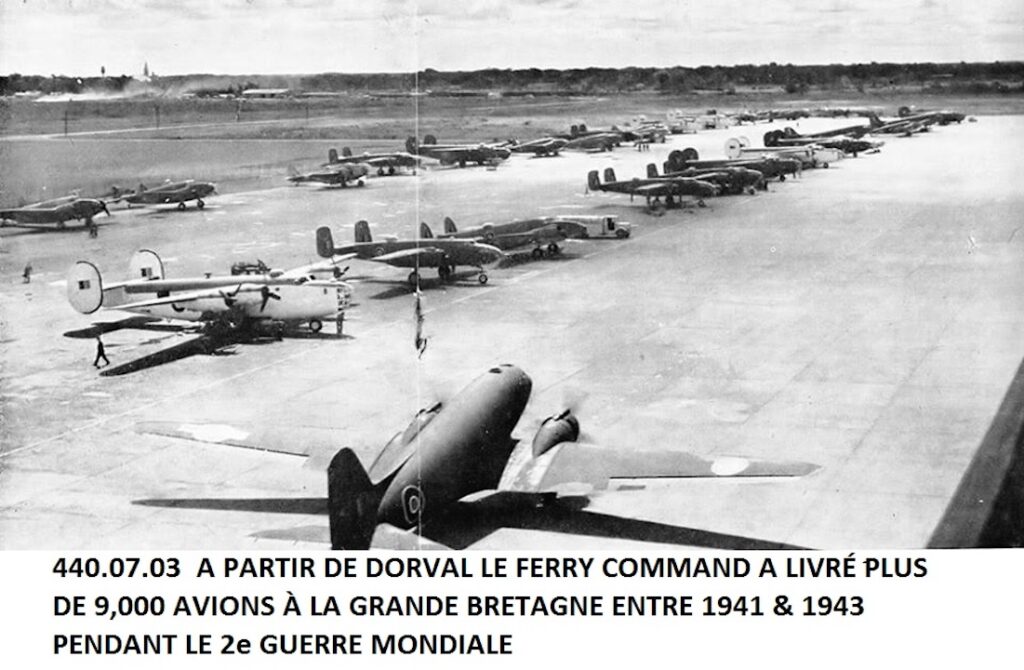This is the airport that the Ferry Command started.
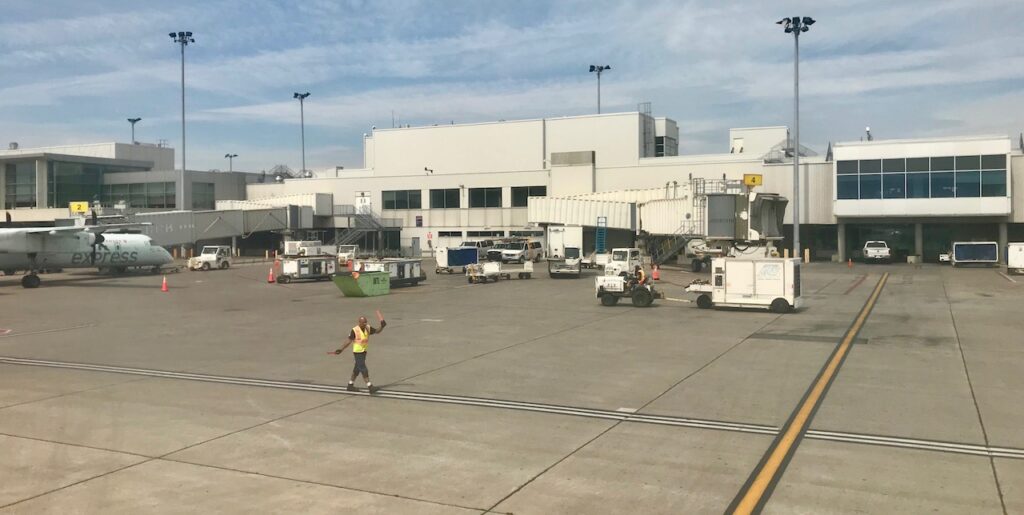
Every day, thousands of travellers move through the Montréal-Trudeau International Airport in Dorval without pondering its origins. Commercial flight, it seems, has always been here . . . Well, actually, it hasn’t.
The story of the airport’s beginnings is one of war and eventually peace, of heroism and selflessness, and of extraordinary efforts that helped the Allies win the Second World War.
Aviation was in its infancy in the mid-1930s when the Canadian government’s transport ministry began expropriating a large swath of flat land in Dorval as the potential site of a future airport. After the outbreak of the Second World War in 1939, the land became the domain of the Ferry Command, a unit that would transport military aircraft over the North Atlantic to the war effort in Britain.
“The Ferry Command started as a civilian operation,” says aviation historian Diana Trafford.
In the early part of the war, Britain was facing a shortage of war planes. So in 1940, British Prime Minister Winston Churchill recruited Lord Beaverbrook—the influential Canadian-British newspaper magnate and member of the British government—to mastermind a project that would see the transport of war planes by air. Until the Ferry Command’s creation, military aircraft built in the U.S. were dismantled and transported to England by ship. The process was cumbersome, and ships were vulnerable to attack by German U-boats and war ships. Beaverbrook recruited the Canadian Pacific Railway and British Overseas Airways Corp. (BOAC). The plan was to fly planes from Dorval to Britain via Gander, Newfoundland.
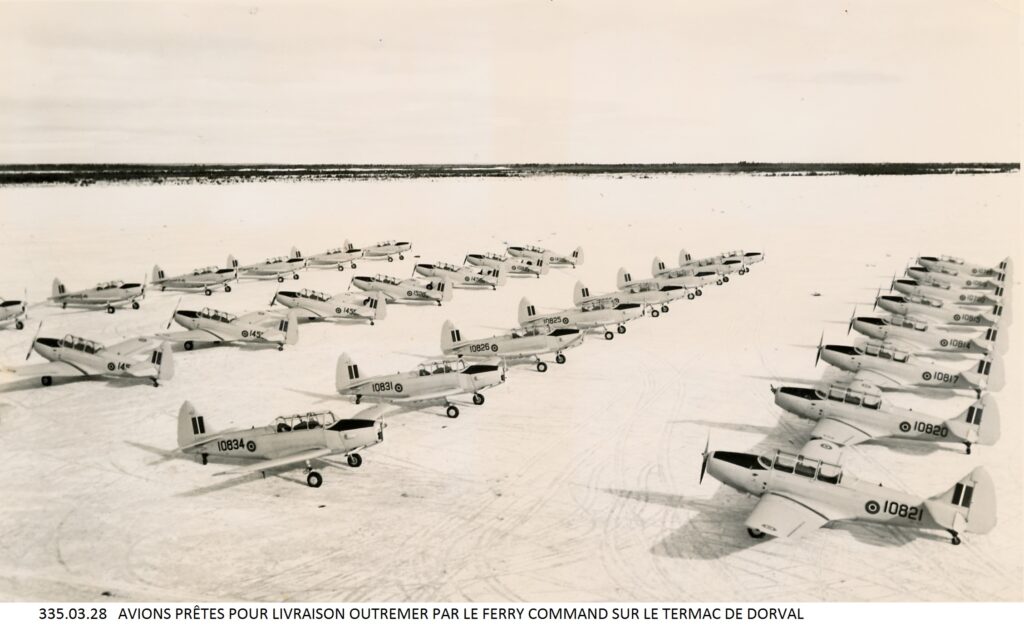
At that time, only 100 planes had ever attempted to fly across the Atlantic in good weather; only half made it. “But shipping disassembled planes took up valuable cargo space on boats,” said Ms. Trafford, who became interested in researching this history because two of her uncles—brothers Bruce Watt and Howard Watt—were pilots in the Ferry Command. “Britain was producing as many planes as possible in its own factories, but they needed more. They had lost hundreds of aircraft in the Battle of Britain. The Ferry Command flew many planes that had originally been ordered by France. Britain took over the French orders once France was under German control.”
The mission needed pilots, who were recruited from civilian ranks. “A lot of the Ferry Command pilots were from Canada and even more from the U.S,” Ms. Trafford said. “The U.S. was neutral, but so many pilots who were eager to do their part joined up. Canada had bush pilots. They couldn’t hire pilots who were of combat age.” And the Royal Air Force wouldn’t assign any of its pilots who were on active war duty.
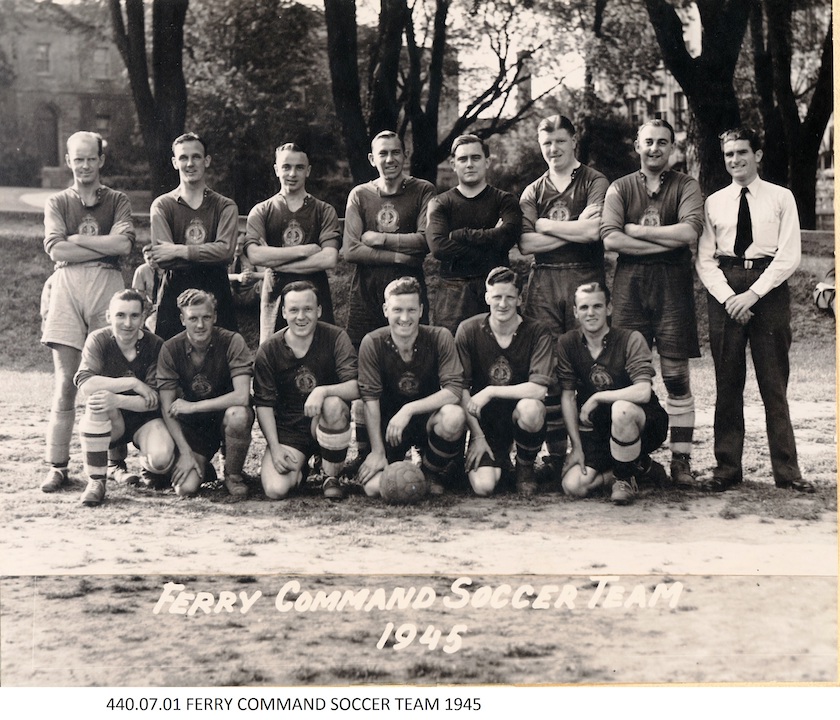
The movement of aircraft from American manufacturers to Dorval was covert at first because the U.S. did not enter the war until December 1941, following the bombing of Pearl Harbor. So horses pulled the planes overland across the U.S.-Canada border before they were flown to Dorval. “Customs proprieties had to be observed,” Ms. Trafford said.
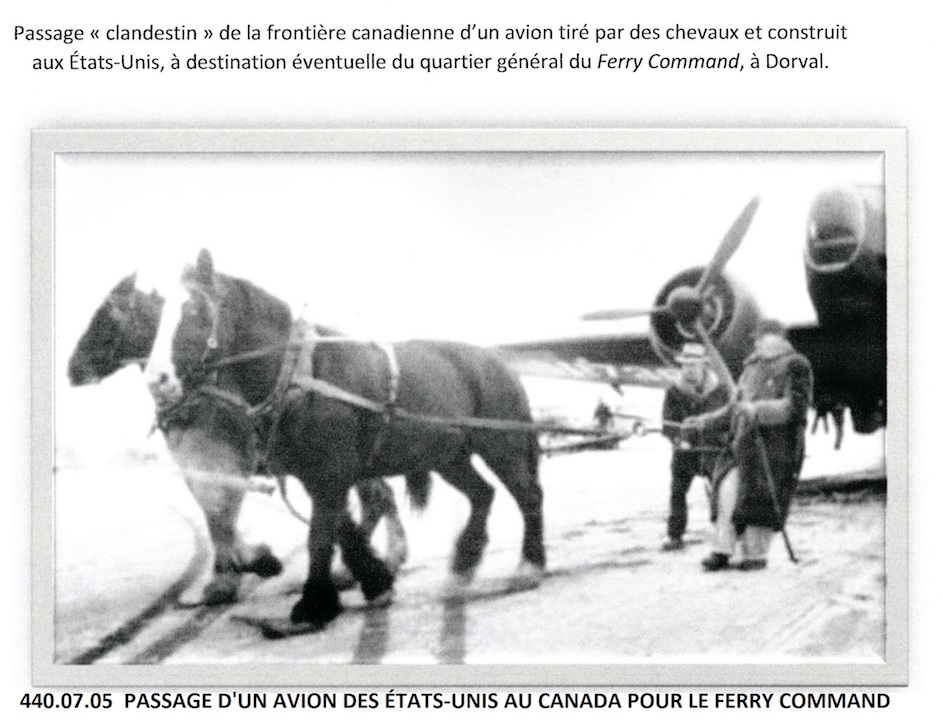
In November 1940, the first Ferry Command foray successfully delivered aircraft to Britain, flying them by celestial navigation over the North Atlantic. The following year, Ferry Command was transformed from a civilian entity into a military unit under the aegis of the Royal Air Force. It took various forms throughout the war years, and ultimately was integrated into the Transport Command in 1943. Routes across the South Atlantic and South America were also added, Ms. Trafford said.
The airplanes included reconnaissance planes used for coastal patrols, she said. “The Hudsons were long-range patrol planes and the Catalinas were called ‘flying boats.’ ”
Other patrol planes included Liberators and Venturas. Bombers included Baltimores, Bostons, Marauders and Mitchells. Throughout the war, the RAF Ferry Command delivered more than 9,000 warplanes.
After the war, the airfield at Dorval became a civilian airport, which has been morphing and developing for almost 80 years into the buzzing, international hub that it is now. But for those few years during the first half of the 1940s, this patch of flat land in Dorval was a place of heroism, which contributed significantly to the Allied victory of 1945.
